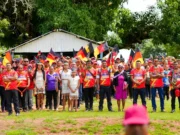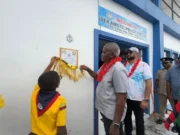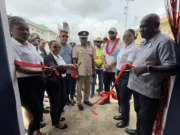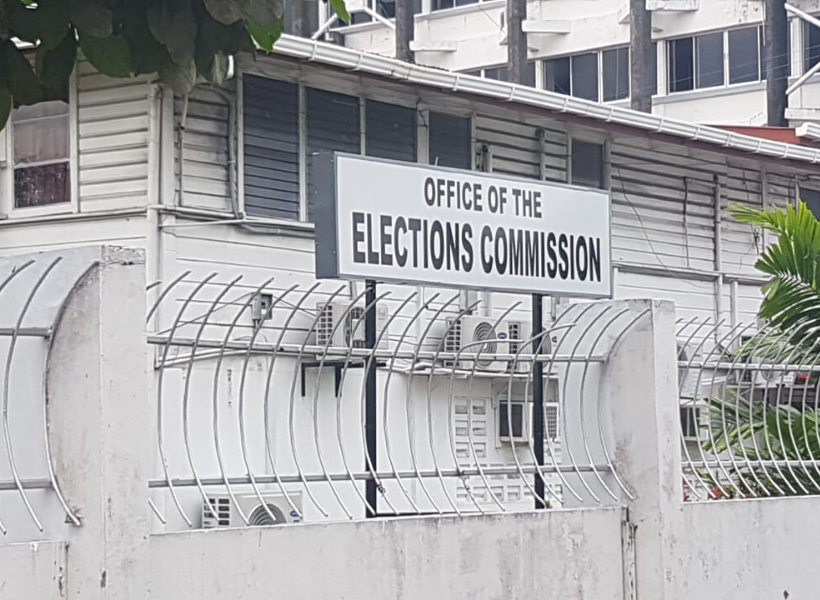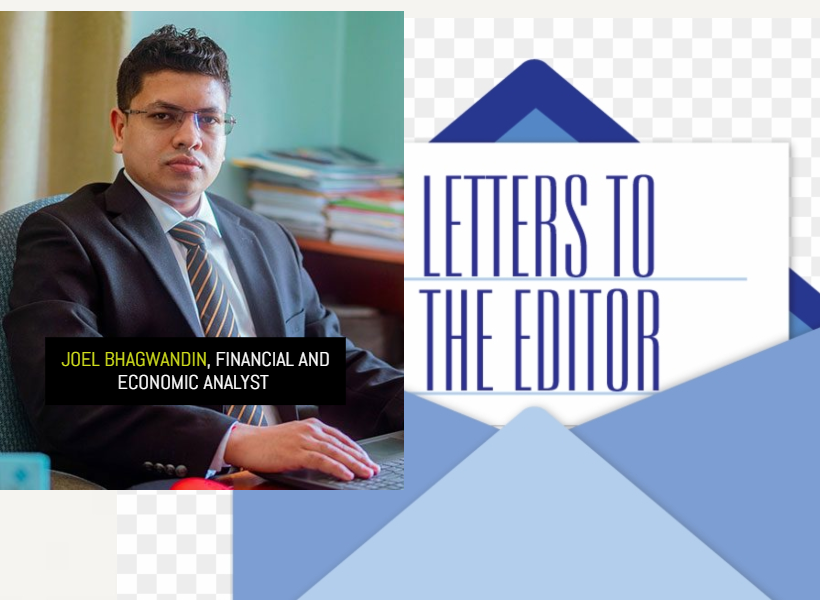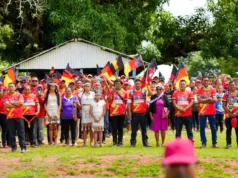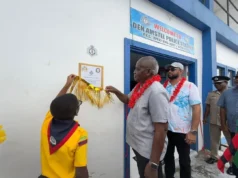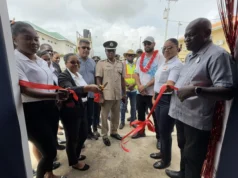Dear Editor,
The OGGN network and columnist, GHK Lall et.al. are advocating for the Government of Guyana (GoG) to impress upon ExxonMobil Guyana (XOM Guyana) to update the proven reserves based on the number discoveries to date.
Editor, as I understand it, the current official estimates are an estimated 11 billion barrels. In one of their press conferences, XOM Guyana had emphasized that they are more focused on the development of projects that will move into production over the medium term. As such, the upward revision of the estimates is not a priority at this stage.
The OGGN “experts” believe, however, that XOM Guyana is not being truthful, such that, according to their expertise, that these estimates can be calculated in two days provided that the data is readily available.
Notwithstanding, while (admittedly) this author has no expertise in petroleum engineering and economics, one can reasonably rely on the established literature on the subject for guidance. Commonsensically though (before getting into the literature and technicalities), a classroom exercise wherein a student learns the calculation of these estimates, is very different from the real-world scenario. Indeed, the actual calculation may be quite simple and could be done, aided by technology, in a matter of hours; but the gathering of the data to do so may well take months. Thus, this simplistic comparison is inappropriate especially since the “OGGN experts” failed to educate Guyanese in terms of what it actually takes to perform an appraisal in a real-world scenario versus a classroom modelling exercise.
So, for example, although it is often said that commercial crude oil was discovered in May 2015. Strictly speaking, it is more likely that the “actual discovery” was made months prior to the official “announcement” in May 2015. In this regard, it is a useful reminder that exploration activities pursuant to the Stabroek block’s 1999 Agreement, actually commenced fifteen years prior to the “announcement” of a commercial discovery in 2015.
Similarly, CGX Guyana had announced the discovery of hydrocarbons at the Wei-well in the Corentyne block in November 2023. However, the company is still appraising that discovery for commercial viability, while bearing in mind that exploration was ongoing years prior to that announcement.
The same is true in the case of Suriname. The first offshore oil discovery was announced in September 2022, but reportedly, post-drill evaluation is ongoing to firm up the potential of the discovered resource. Of note, there has been no investment decisions in Suriname to date.
According to the upstream field appraisal literature, once an exploration well has found hydrocarbons, “considerable effort will still be required to accurately assess the potential of the discovery and the role of appraisal is to provide cost-effective information that will be used for subsequent decisions (development). During appraisal, more wells are drilled to collect information and samples from the reservoir and other seismic survey might also be required in order to better delineate the reservoir”. This phase of the appraisal process aims to:
• Reduce the range of uncertainty in the volumes of hydrocarbons in place
• Define the size and configuration of the reservoir
• Collect data for the prediction of the performance of the reservoir during the forecasted production life
Additionally, reservoir engineers work out development scenarios along with precise recommendations for the number and positioning of the wells, the drilling schedule, the production profile, etc. Activities of the appraisal phase include:
• Planning and execution of a data acquisition programme (seismic)
• Reprocessing existing seismic data
• Drilling of appraisal wells
• Evaluation of the results obtained from the seismic drilling activities
• Use of the data to update reservoir models
• Carry out initial development planning and an environmental impact assessment (EIA) study
Evidently, according to the literature, the OGGN experts ignored all of the foregoing considerations. Simply put, the literature has established that in order to update the revised estimated proven reserves based on the total number of discoveries to date; requires additional drilling (post discovery) coupled with a range of other activities as described above. Obviously, these activities to perform the appraisal would undoubtedly take months.
Nonetheless, aside from the aforementioned technicalities involved in the appraisal of hydrocarbon discoveries to determine―with precision their commercial viability and volumes; such an update and announcement thereof, should be sensitive to the geopolitical dynamics (the Guyana/Venezuela border issue).
In previous writings, this author had established that there has been a consistent pattern of behavior on the part of Venezuela in relation to its claims over Essequibo and President Maduro’s aggravation over the last eight years, suggesting that it is largely motivated by the discovery of crude oil offshore Guyana.
Towards this end, when the announcement was made in May 2015 that oil was discovered in commercial quantities, almost immediately thereafter, the Venezuelan President, Nicolas Maduro in May 2015 issued a decree (No. 1787) laying an illegal claim to almost all of Guyana’s maritime zone.
In July 2015, Venezuela issued a second decree (No.1859) reiterating its claim. By September that same year, there was an escalation of Venezuelan military activity in eastern Venezuela near the border with Guyana.
Shortly after the “No-Confidence Motion” (NCM) was passed in the National Assembly in December 2018, the Foreign Affairs Minister at that time had reported that the Venezuelans had attempted to land a helicopter on ExxonMobil’s ship.
More recently last year, when the bid-round for new oil blocks offshore concluded, Venezuela complained of Guyana’s intention to put up for bid certain oil blocks in the waters adjacent to its coast and concluded with a threat to “apply all the necessary measures” to prevent operations licensed by Guyana in these waters, which Venezuela claims as its own.
Therefore, it is in this premises that XOM Guyana and the GoG should tactically delay the upward revision of the proven reserves. At least until after the elections in Venezuela, and as Guyana and Venezuela seek to rebuild neighborly relations through the spirit of the Argyle Declaration.
Finally, as it relates to the appraisal process, it is not just the calculation which, with software tools, can be done within a matter of hours; but the entire process as described herein that could take months to complete.
Yours respectfully,
Joel Bhagwandin
